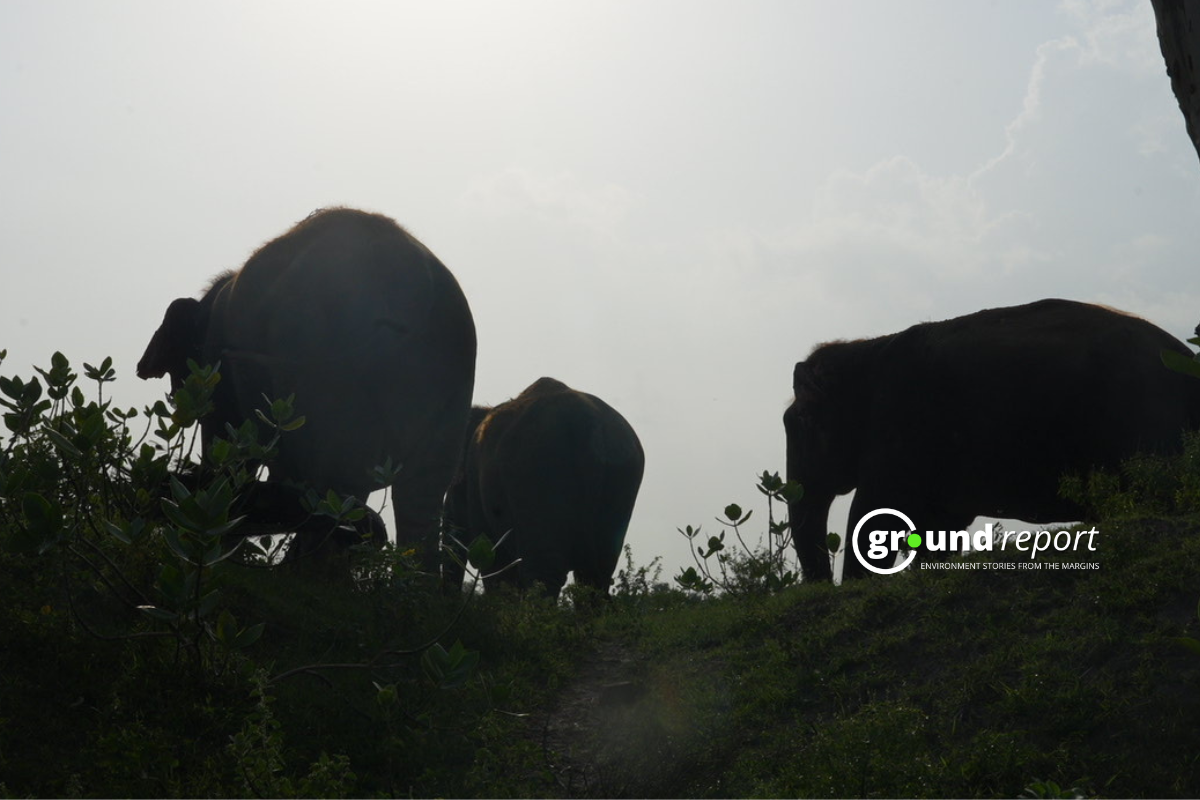Ground Report | New Delhi: The life-threatening water crisis in India; In 2019, Prime Minister Modi announced in his Independence Day speech an allocation of 3.6 trillion rupees ($ 50 billion) for the Jal Jeevan Mission, the government’s ambitious program that aims to bring water to all households in the country till 2024.
The life-threatening water crisis in India
About 600 million people, almost half of the country’s population, could be exposed to water restrictions, according to reports from the NITI Aayog think tank, which warns that India is facing one of its biggest ecological problems.
India is facing a severe crisis in which almost half of the population, 600 million people, barely meet their daily water needs and some 200,000 people die each year due to lack of clean water, according to a report of NITI Aayog research center.
“In 2030, the country’s demand for water is expected to be double the available supply, which represents a serious shortage for hundreds of millions of people and a loss of almost 6% of the country’s gross domestic product,” it is noted in the report.
ALSO READ:Terrorist attacks reduced after Modi Govt. came in power, Is it true?
According to NITI Aayog, the country’s aquifers, which provide 40% of the water supply, are being overexploited “at an unsustainable rate” and droughts are becoming more frequent.
Among the causes of shortages in large cities, climate change stands out, which reduces available rainwater and increases temperatures; overcrowding, the excessive exploitation of aquifers, and the mismanagement of resources also contribute to accentuating the shortage of the liquid, according to experts.
victim of the heat waves
With its more than 7 million inhabitants, the city of Chennai has one of the most severe water crises in the history of India, after the four reservoirs that traditionally supply the city was practically empty due to lack of rain. Chennai is the latest victim of the heat waves hitting India, which have worsened in recent years.
In the next five years, the Chennai authorities plan to open two new plants to desalinate seawater, which is not enough to meet the needs of the city, which has become dependent almost exclusively on the increasingly infrequent rains.
Along with Chennai, Indian cities such as Bangalore, Hyderabad, and New Delhi also suffer from significant water shortages which could lead to a pressing problem in the near future. In 2020, more than 20 cities in the Asian country could run out of aquifers.
groundwater
“In 2030, the country’s demand for water is expected to be double the available supply, which represents a serious shortage for hundreds of millions of people and a loss of almost 6% of the country’s gross domestic product,” it is noted in the report.
ALSO READ: Explosion near Army camp in Pathankot, alert issued
According to NITI Aayog, the country’s aquifers, which provide 40% of the water supply, are being overexploited “at an unsustainable rate” and droughts are becoming more frequent.
21 large Indian cities are expected to run out of groundwater in just one year, affecting 100 million people, according to the report.
Thus, the Prime Minister, Narendra Modi, promised to bring drinking water to all homes by 2024, an ambitious goal given the current scope of the network. In New Delhi, those who bear the brunt are the inhabitants of the most deprived areas where public water pipes do not reach.
You can connect with Ground Report on Facebook, Twitter, Instagram, and Whatsapp. For suggestions and writeups mail us at GReport2018@gmail.com









